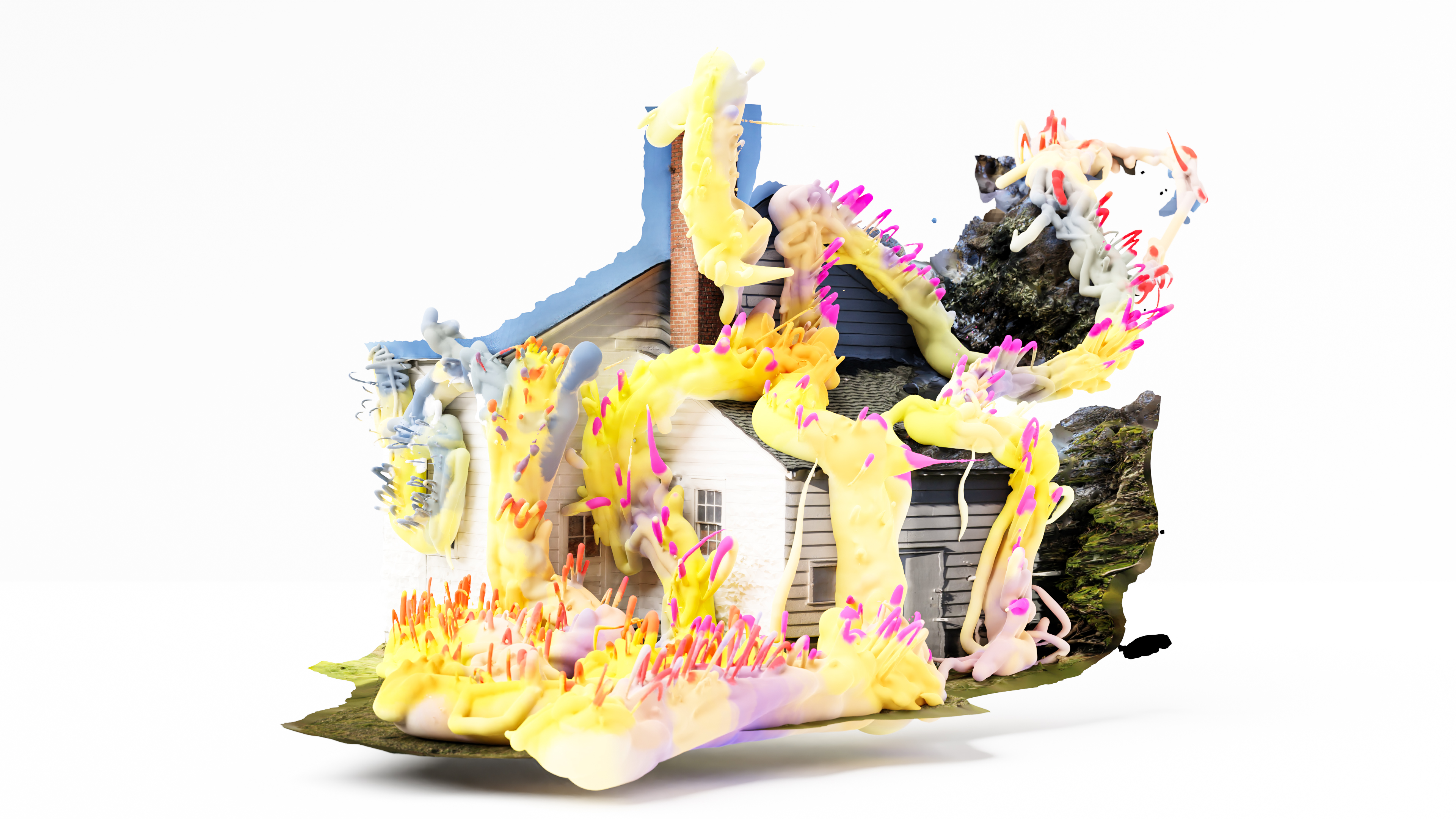






 Centaur Series (2021 - Ongoing).
Centaur Series (2021 - Ongoing).
The "Centaur" series is named after a new genre of chess pioneered by chess grandmaster Gary Kasparov. After losing a match of chess to an AI in 1997 (IBM's DeepBlue), Kasparov set out to beat the new mechanical chess champion by teaming up with a computer of his own. By teaming up with a machine and forming a cyborg or "centaur" unit, Kasparov was successful in defeating IBM's chess AI a few years later. Today, still, the best chess player is a computer/human team, and the most elite genre of chess is centaur chess.
This is a well cited narrative of a man-machine relationship. I see this relationship holding more and more relevance to photography and image making. Namely, with the advent of “post-lenticular” photography, nearly all images are generated (and at least interpreted) without a lens, meaning they derive from the automated and mechanical process of a computer. Moreover, with post-lenticular photography the capacity to generate large amounts of images has shot up, resulting in an incomprensible volume of images, constantly being manufactured.
Sean Cubbit's writings about the Mass Image, as well as Hito Steyerl's In Defense of the Poor Image essay, heavily inform this series as guiding lights in investigating what exactly a digital image is at the huge scale they exist today. Both of theses essays point to the reality that we are drenched in a sea of images everyday: almost 500 million images are uploaded to social media platforms every day! To approach this startling concept of a massive sea of images, I decided to embark on this Centaur series where I "team up" photogrammetry and Virtual Reality sculpting techniques to produce unique assemblages. First, I scan objects in the real world close to me, second, I bring that scan into virtual reality and paint over, in, and on top of it. Third, and last, as a final exhibition, I re-export the painting and the scan and pose them as a tableau into one new digital image that pairs two distinct generative processes together. This pairing of a highly automated and mechanized process (photogrammetry) and highly manual and circumstantial process of sculpting produces work that nests the tensions of the post-lenticular mass image: between mass and bespoke, between automation and augmentation, between whole and fragmented. These tensions, I believe, can only be outlined by engaging with both of the processes that push and pull them from opposite ends. “Centaurs” is simply a byproduct of the investigative process.